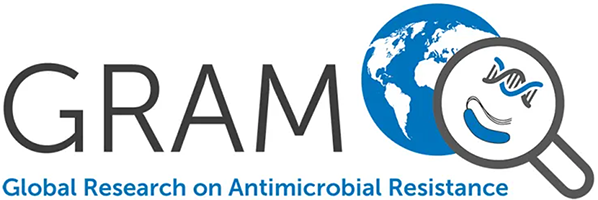A comparative study of cefixime and ofloxacin for the treatment of uncomplicated Typhoid fever in Vietnamese children
Phuong CXT., Kneen R., Mai TTT., Diep PA., Ha NTT., Thuy PTT., Anh NT., Thuy TT., Luat TD., Bethell DB., Day NJ., Wain J., White NJ., Parry CM.
© 1998, Faculty of Medicine, Universitas Indonesia. All rights reserved. Typhoid fever (TF) due to multi-drug resistant (MDR) Salmonella typhi has become a common problem in Vietnam since 1992. Recent studies have shown the oral fluoroquinolones (FQ) to be more effective than the parenteral third generation cephalosporins. However, concerns about the use of FQ in children and the emergence in Vietnam of S. typhi isolates resistant to nalidixic acid, with reduced sensitivity to the FQ, emphasises the need for effective alternative therapies. There is limited information concerning the effectiveness of the oral third generation cephalosporins for treating TF. 139 children with suspected TF were entered into an open randomised comparison of oral cefixime (20mg/kg/day in 2 divided doses) for 7 days and oral ofloxacin (lOmg/kg/day in 2 divided doses) for 5 days. 82/139 (59%) of the children had a blood culture positive for S. typhi. 70/82 (85%) of the S. typhi were MDR but all isolates were fully sensitive to both study drugs. In the 82 blood culture positive patients the mean (SD) time for fever clearance was 109 (52) hours in those treated with ofloxacin and 197 (64) in those treated with cefixime (P<0.001). Overall there were 14 acute treatment failures and one relapse in the cefixime group and 2 acute treatment failures in the ofloxacin group (RR 7.3 (95% Cl) 1.7 to 36.7, p = 0.002). The clinical success rate was 75% with cefixime and 97% with ofloxacin, and the microbiological success rate was 94% and 100% respectively. There were no important side effects attributable to either drug. A 5 day course of ofloxacin proved to be a safe and effective treatment for children with uncomplicated typhoid fever. A 7 day course of cefixime was less effective, but may provide a useful alternative treatment in children, particularly if fluoroquinolone resistance becomes established.

